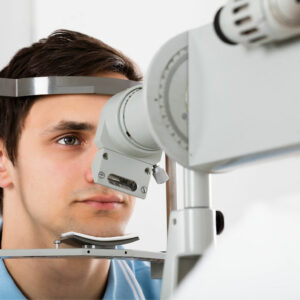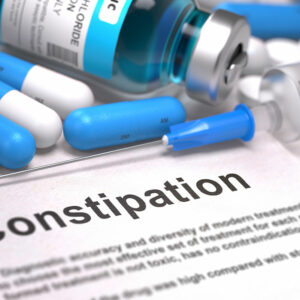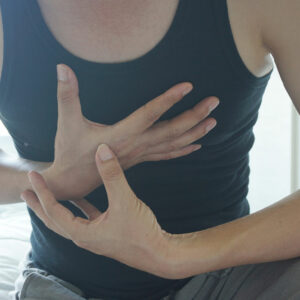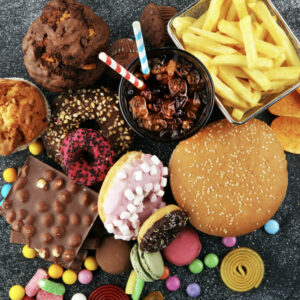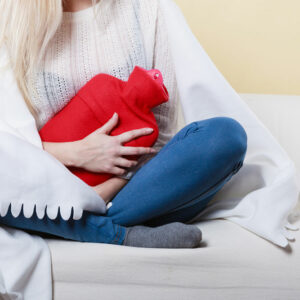
01
7 common side effects of insufficient water intake
Water is an essential component of our body. From digestion to cognition and from the immune system to energy levels, water is required to perform various functions efficiently. Moreover, insufficient water intake can have detrimental effects on our bodies, leading to various side effects that can have an adverse impact on our health. Let’s look at some of the common side effects in detail and make sure to stay hydrated to prevent any illnesses. Dehydration This is the most immediate side effect of insufficient water intake. Dehydration occurs when the body doesn’t have enough water to function correctly. Symptoms of dehydration can include thirst, dry mouth, headache, dizziness, and dark urine. If left untreated, dehydration can lead to more severe symptoms, such as confusion and fainting. Severe dehydration can also lead to seizures, kidney failure, and other health complications that may be fatal. Digestive issues Digestive problems are among the common side effects of insufficient water intake. When the body doesn’t have enough water, it can lead to constipation, as the stool can become hard and difficult to pass. Dehydration can also cause stomach ulcers and acid reflux as the body doesn’t produce enough gastric acid to break down food. Drinking enough water can help prevent these digestive problems. Dull skin Water is also essential for maintaining healthy skin. Insufficient water intake can lead to dry and flaky skin as it doesn’t have enough moisture to stay hydrated. Dehydration can also cause wrinkles, fine lines, and sagginess, leading to premature aging. Drinking enough water can help promote moisturization and prevent skin problems. A lot of skincare products today promote hydration as one of the key components and fixes in skin health, so this is an important aspect of having healthy, glowing skin. Impaired cognitive function Insufficient water intake can also affect cognitive function.
Read More 
